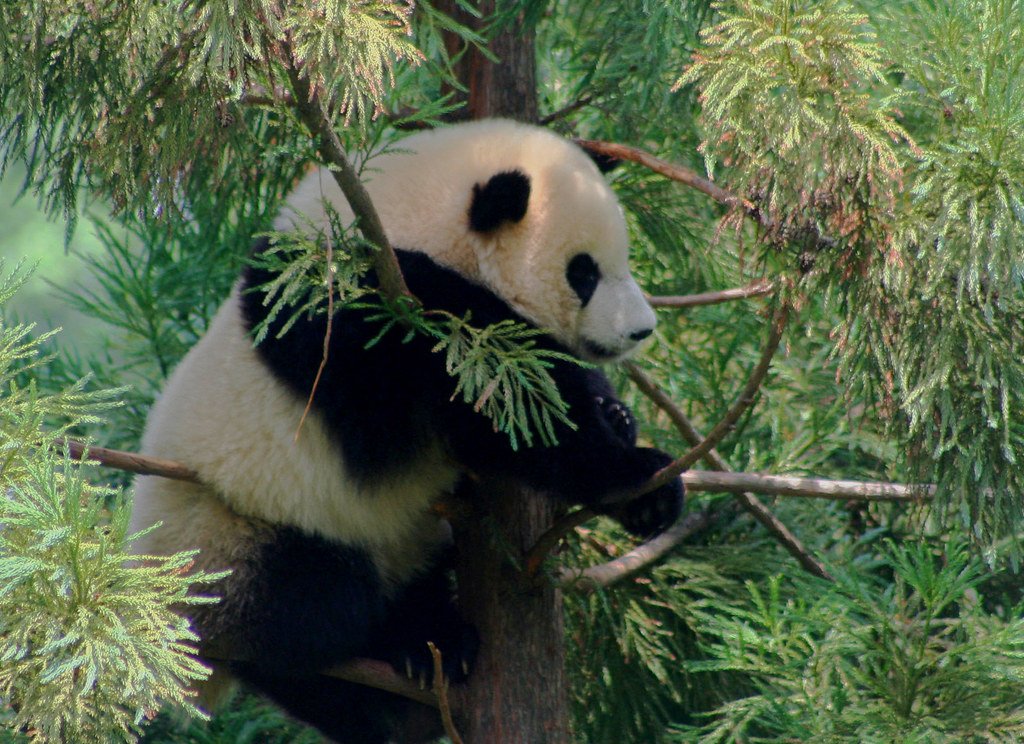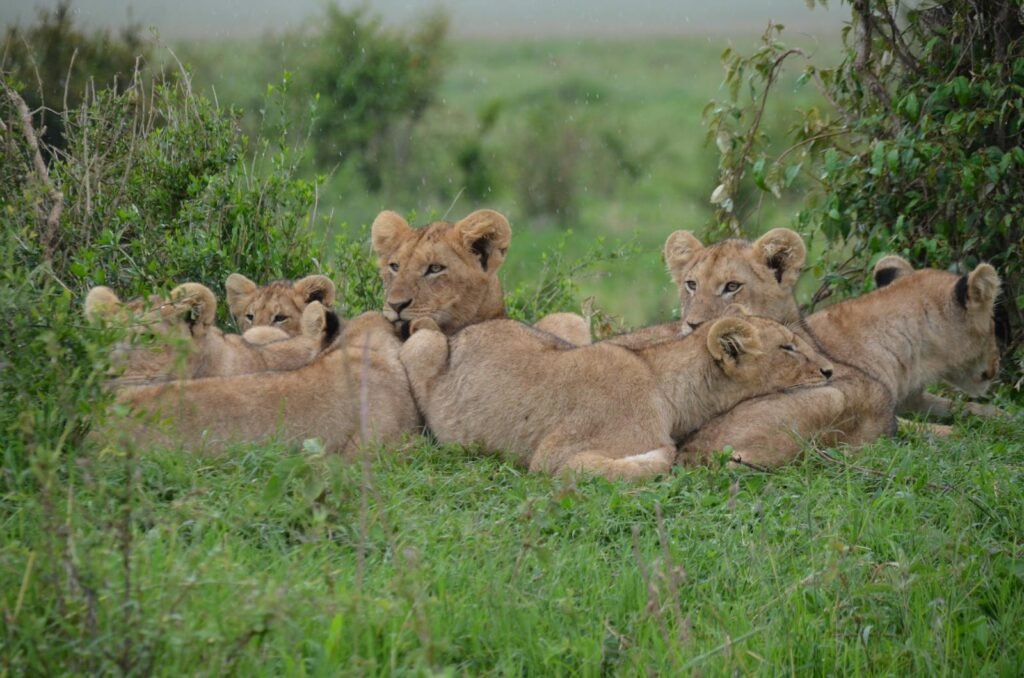Have you ever wondered why some animals live dramatically longer than others? From the astonishingly long-lived tortoises to ephemeral insects that may survive only a day, nature showcases a remarkable variety of lifespan strategies. Understanding animal longevity not only fascinates scientists but also holds potential keys to unraveling the mysteries of human aging. By studying animals with significantly extended lifespans, researchers hope to uncover insights into the biological processes that govern aging and longevity. This article explores how the study of animal longevity sheds light on aging by examining species with extraordinary lifespans and the mechanisms underlying their extended vitality.
The Science of Aging

Aging is a complex process characterized by the gradual decline of biological functions, leading to an increased risk of disease and death. While aging is universal, its rate and manifestation vary widely across species. Traditionally, aging research has focused on model organisms with relatively short lifespans, such as mice and worms, enabling quick observation of aging processes and the testing of interventions. However, a growing area of interest lies in studying exceptionally long-lived animals that may have evolved unique adaptations to slow down or resist the aging process altogether.
Notable Long-Lived Animals

Some animals possess lifespans that far exceed those of typical laboratory models. For instance, the bowhead whale can live over 200 years, while the Greenland shark holds the title of the longest-lived vertebrate, with a lifespan of at least 272 years. The naked mole-rat, a fascinating rodent species, can live for more than 30 years—an extraordinary feat compared to other rodents of similar size. Similarly, tortoises such as Jonathan, a Seychelles giant tortoise, have lifespans exceeding a century. Exploring the unique biology of these species could yield valuable insights applicable to human health and longevity.
Mechanisms of Longevity

Research into the mechanisms of longevity has revealed several evolutionary adaptations that support extended lifespans. Long-lived animals often exhibit enhanced resistance to cancer, efficient DNA repair systems, and reduced oxidative stress. For example, the naked mole-rat demonstrates remarkable cancer resistance and maintains stable protein integrity well into old age. The Arctic quahog, a clam capable of living for several centuries, provides another intriguing example. Its exceptionally low metabolic rate is thought to contribute to its longevity, suggesting a correlation between reduced metabolism and extended lifespan.
Another key factor is the role of genetics and the regulation of cellular pathways. Specific genes associated with stress responses and cell maintenance, such as those involved in autophagy or the insulin signaling pathway, are of particular interest. These pathways help eliminate damaged proteins and regulate energy metabolism, potentially playing significant roles in health span and lifespan extension.
Lessons for Human Aging

By studying the biology of long-lived animals, scientists aim to uncover interventions that mimic these natural longevity mechanisms in humans. Insights from these studies could lead to the development of therapies to combat age-related diseases, improve life quality, and possibly extend human lifespans. For instance, understanding how certain species maintain genomic stability or resist cancer could guide the creation of drugs targeting similar pathways in humans.
Animal longevity research also offers valuable lessons about diet and lifestyle factors influencing aging. Caloric restriction, linked to lifespan extension in various species, suggests that common biological pathways may regulate aging across diverse life forms. These findings could inspire practical strategies for promoting health and longevity in humans.
Ethical and Environmental Considerations

While the study of animal longevity offers exciting possibilities, it is crucial to address ethical and environmental considerations. Ensuring the welfare of animals used in research is paramount, as is understanding the ecological impacts of longevity on wild populations. Additionally, potential applications of longevity research in humans raise ethical questions about lifespan extension and its societal implications, such as population growth, resource allocation, and quality of life.
Conclusion

The quest to understand and mitigate the effects of aging is both timeless and urgent. Studying animal longevity provides a compelling avenue to unlock the secrets of aging and inspire innovative approaches to extend healthy human lifespans. Through this research, we may not only uncover new insights into our own biology but also foster a deeper appreciation of the diversity and resilience of life on Earth.




